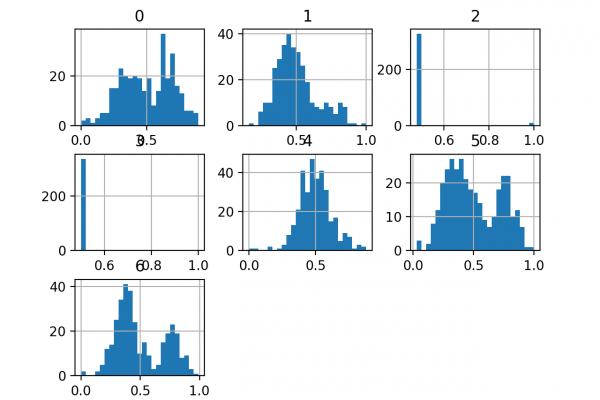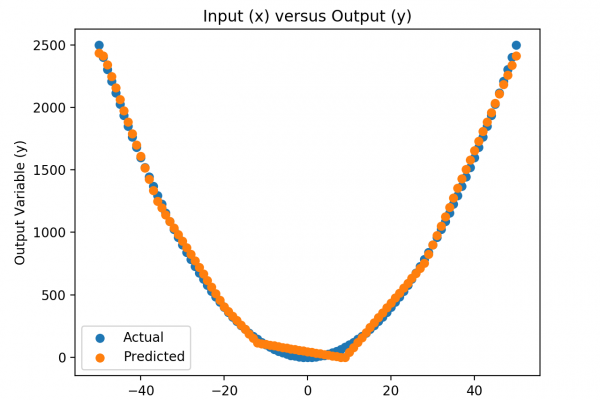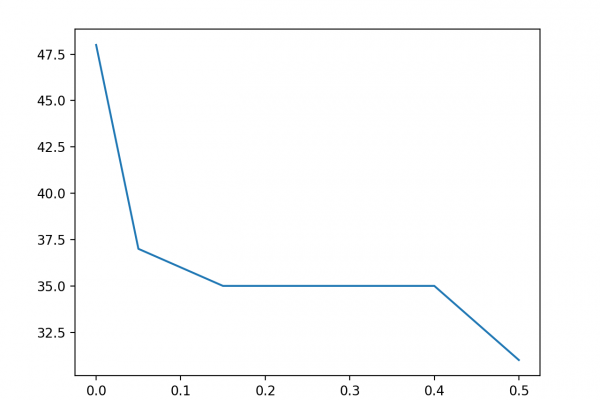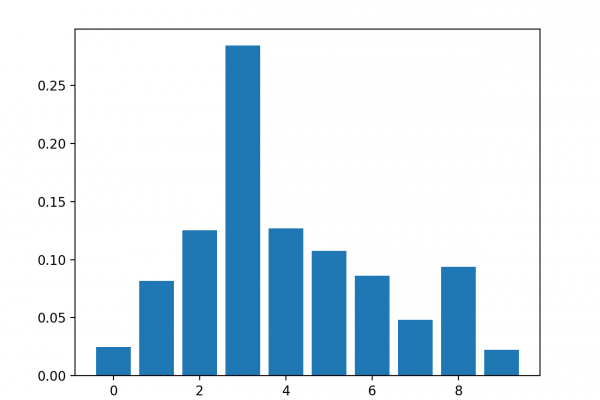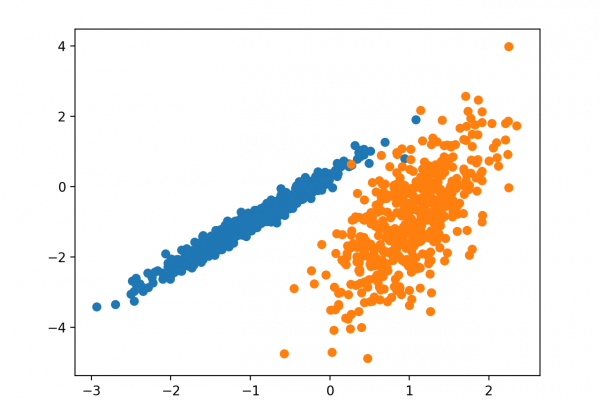Imbalanced Multiclass Classification with the E.coli Dataset
Last Updated on August 21, 2020 Multiclass classification problems are those where a label must be predicted, but there are more than two labels that may be predicted. These are challenging predictive modeling problems because a sufficiently representative number of examples of each class is required for a model to learn the problem. It is made challenging when the number of examples in each class is imbalanced, or skewed toward one or a few of the classes with very few […]
Read more